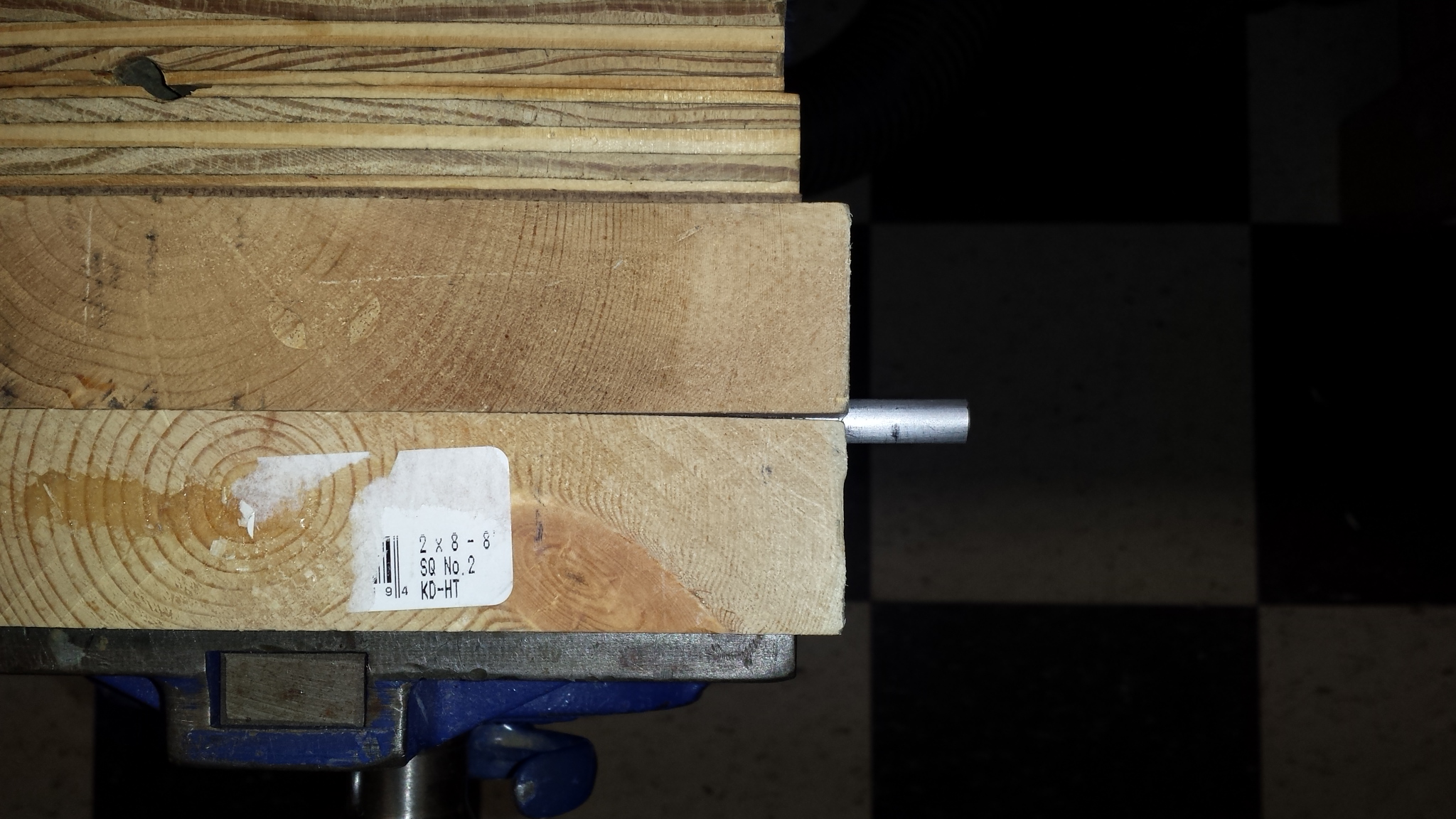I believe
@schematix on this stuff very much more than I believe the survival doc. However I’d really like to see some experimental data using a ppb sensitive DO meter on some of the keg purging techniques that I see on this and other forums being supported by lots of math and pretty graphs.
I’d like to see...
DO in beer in purged keg using the following techniques
No purge, just gravity fill with minimal splashing then purge the headspace with CO2 half a dozen times
Purge keg a few times then fill closed transfer
Purge keg with a full star San push then fill closed transfer
Purge keg with boiled water push then fill closed transfer
All of the above followed by
Force carbing
Opening top and priming sugar followed by purging head space
Spunding
Then finally don’t forget keg after one week hooked up to CO2 in kegerator
It’s not like I don’t believe math but you know what the say about figures never lie but liars do figure.
So where is the DO measurement to support all this purging math?












![Craft A Brew - Safale S-04 Dry Yeast - Fermentis - English Ale Dry Yeast - For English and American Ales and Hard Apple Ciders - Ingredients for Home Brewing - Beer Making Supplies - [1 Pack]](https://m.media-amazon.com/images/I/41fVGNh6JfL._SL500_.jpg)
















































